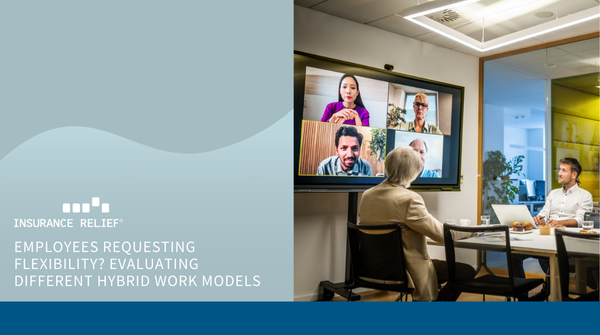Employees Requesting Flexibility? Evaluating Different Hybrid Work Models

Hybrid work models, which blend remote and in-office work, have become increasingly popular as organizations seek to balance flexibility with productivity. It is important, however, to evaluate them carefully to determine the best fit for the workforce. Key models include the fixed hybrid model, the flexible hybrid model, and the remote-first hybrid model. Each has its unique advantages and challenges, and evaluating them requires considering factors such as employee preferences, job roles, and organizational culture.
Fixed Hybrid Model
In a fixed hybrid model, employees have a set schedule that sets specific days for in-office work and remote work. For example, employees might be required to work in the office on Mondays and Wednesdays and remotely on Tuesdays, Thursdays, and Fridays. This model provides a predictable structure, which can be beneficial for coordinating team activities and meetings. However, it may not offer the same level of flexibility as other models. Evaluating the fixed hybrid model involves assessing the consistency it provides against the need for flexibility, considering whether employees’ roles require regular in-person collaboration or if they can perform most tasks remotely.
Flexible Hybrid Model
The flexible hybrid model allows employees to choose their in-office and remote workdays, offering maximum flexibility. This approach can lead to higher employee satisfaction and productivity because people can tailor their schedules to fit their personal and professional needs. However, it can pose challenges in terms of coordination and maintaining a cohesive team. To evaluate the flexible hybrid model, companies should consider their ability to manage and support a more fluid schedule. This includes assessing tools and technologies for remote collaboration, the potential impact on team cohesion, and how to ensure effective communication and accountability.
Remote-First Hybrid Model
The remote-first hybrid model prioritizes remote work, with the office serving as a secondary space for occasional use. Employees primarily work from home but can come into the office for specific purposes, such as team meetings or collaborative projects. This model supports a high degree of flexibility and can reduce overhead costs associated with maintaining large office spaces. However, it requires a strong remote work infrastructure and a strong emphasis on maintaining company culture remotely. Evaluating the remote-first hybrid model involves examining the organization’s readiness for extensive remote work, including technology, cybersecurity measures, and strategies for fostering a sense of belonging and engagement among remote employees.
Evaluating Hybrid Work Models
To effectively evaluate these hybrid work models, organizations should start by gathering input from employees to understand their preferences and needs. Managers should analyze job roles and functions to determine which tasks require physical presence and which can be done remotely. Companies should also consider their existing infrastructure and whether they have the necessary tools and technologies to support each model.
If your company is looking for qualified, reliable insurance professionals, contact Insurance Relief today.
We are one of the best in the business, winning a Best of Staffing® award for our accomplishments. At Insurance Relief, we thoroughly evaluate each person so that you get only the best. Give Insurance Relief a call today.



